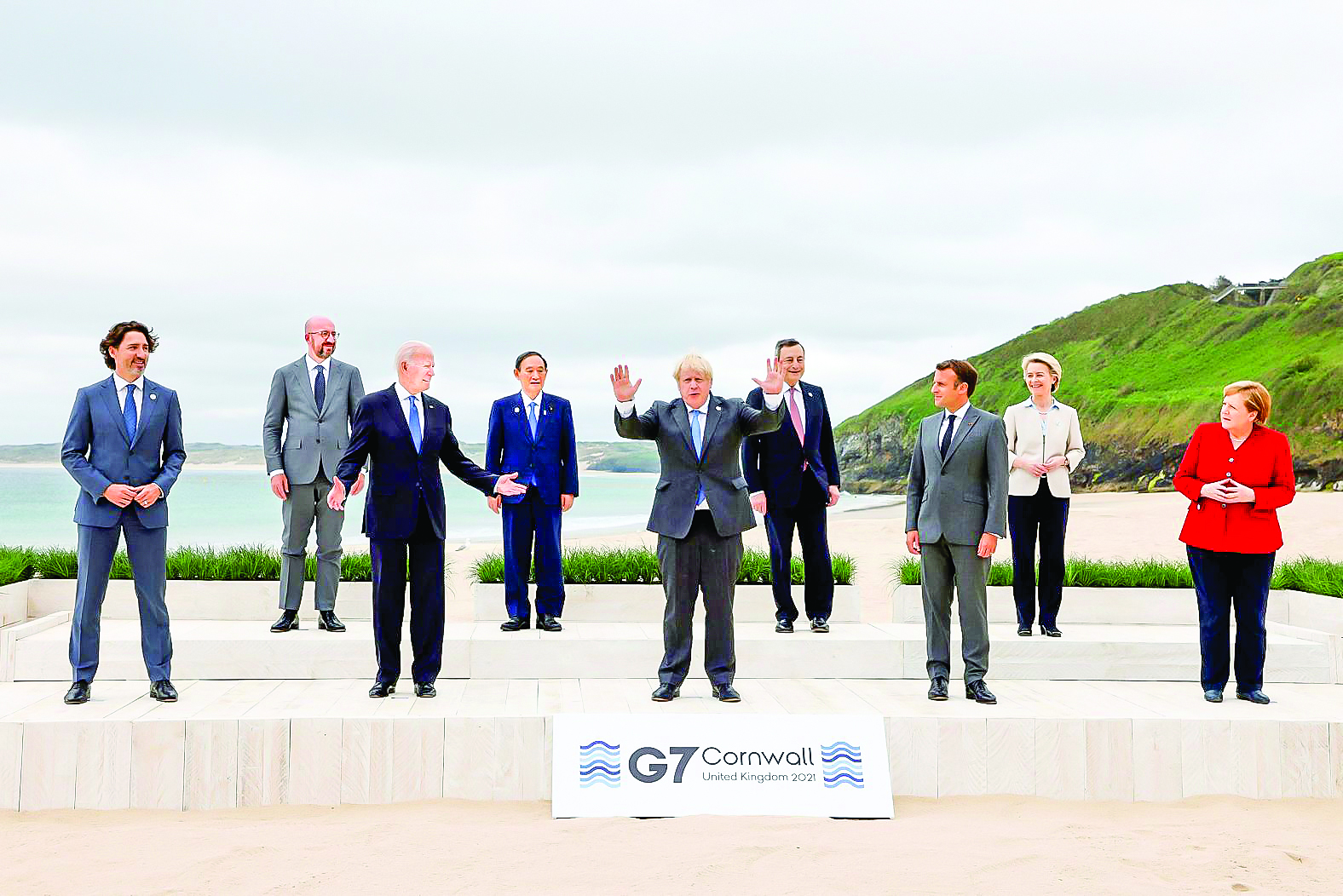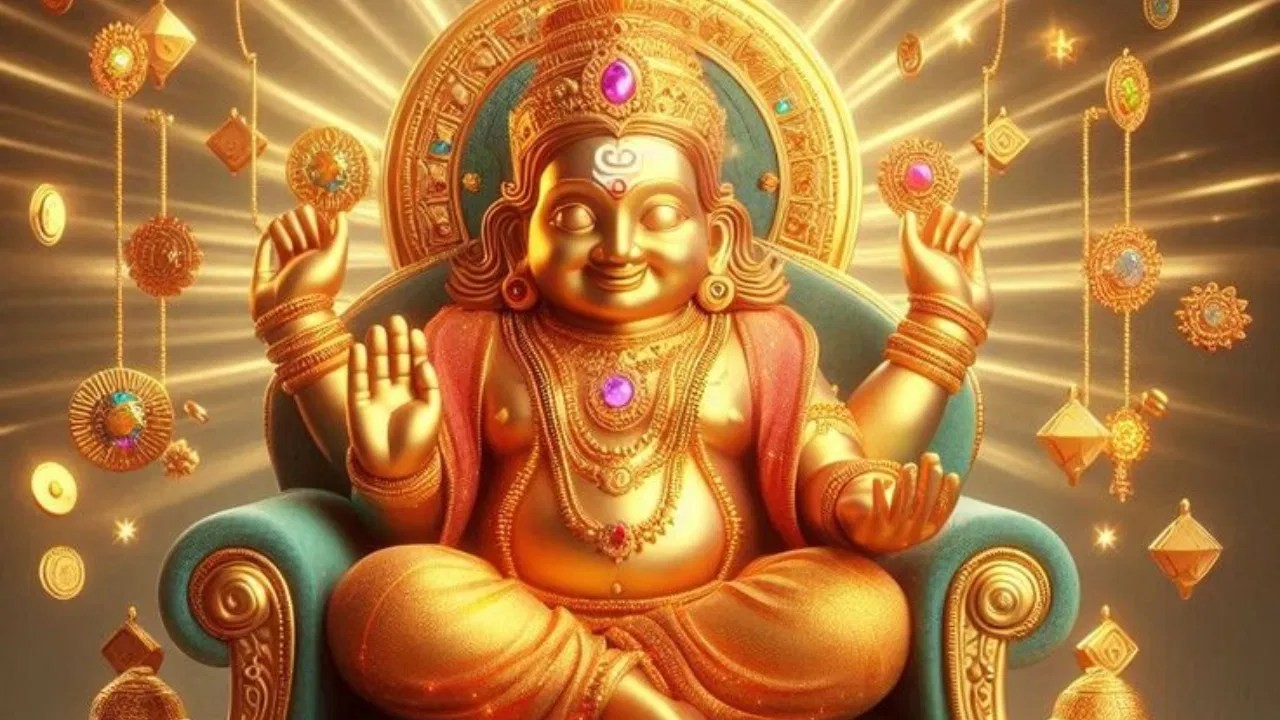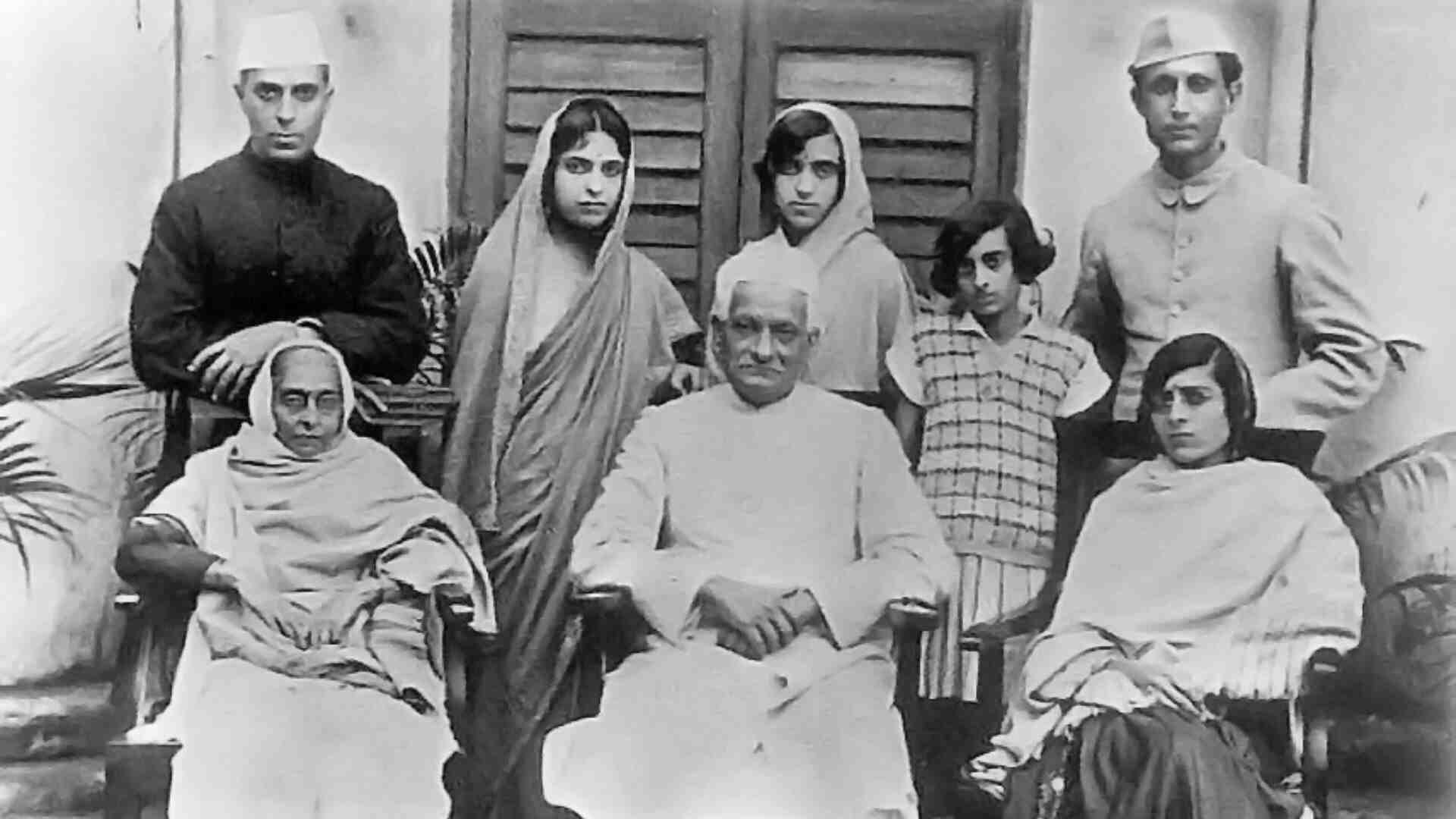The concept of a forum for the capitalist world’s major industrialized countries emerged before the 1973 oil crisis. It began with five-member countries in 1973 and eventually two more nations joined it till 1976. Let’s deep dive into the report on evolution, and significance of G7 in the world political landscape.
The 50th meeting of G7 is underway in Italy where its member nations are gathering to discuss multiple issues on their mutual growth and security. The Group of Seven (G7) is an informal forum consisting of seven of the world’s major advanced economies: Canada, France, Germany, Italy, Japan, the United Kingdom, and the United States, along with the European Union. The group meets annually to discuss and coordinate economic policies, global governance, security issues, and other matters of mutual concern.
Group of Five: The concept of a forum for the capitalist world’s major industrialized countries emerged before the 1973 oil crisis. On 25 March 1973, the United States Secretary of the Treasury, George Shultz, convened an informal gathering of finance ministers from West Germany (Helmut Schmidt), France (Valéry Giscard d’Estaing), and the United Kingdom (Anthony Barber) before an upcoming meeting in Washington, DC. United States President Richard Nixon offered the White House as a venue, and the meeting was subsequently held in its library on the ground floor; the original group of four consequently became known as the “Library Group”. In mid-1973, at the Spring Meetings of the International Monetary Fund and the World Bank, Shultz proposed the addition of Japan, which all members accepted. The informal gathering of senior financial officials from the United States, United Kingdom, West Germany, Japan, and France became known as the “Group of Five”.
In 1974, all five members endured sudden and often troubled changes in leadership. French President Georges Pompidou abruptly died, leading to a fresh presidential election that was closely won by Valéry Giscard d’Estaing. West German Chancellor Willy Brandt, American President Richard Nixon, and Japanese Prime Minister Kakuei Tanaka all resigned due to scandals. In the United Kingdom, a hung election led to a minority government whose subsequent instability prompted another election the same year. Consequently, Nixon’s successor, Gerald Ford, proposed a retreat the following year for the group’s new leaders to learn about one another.
Group of Six: First G6 summit at the Château de Rambouillet in November 1975
At the initiative of Giscard d’Estaing and his German counterpart, Helmut Schmidt, France hosted a three-day summit in November 1975, inviting the Group of Five plus Italy, forming the “Group of Six” (G6): Taking place at the Château de Rambouillet, the meeting focused on several major economic issues, including the oil crisis, the collapse of the Bretton Woods system, and the ongoing global recession. The result was the 15-point “Declaration of Rambouillet”, which, among other positions, announced the group’s united commitment to promoting free trade, multilateralism, cooperation with the developing world, and rapprochement with the Eastern Bloc. The members also established plans for future gatherings to take place regularly every year.
In 1976, British Prime Minister Harold Wilson, who had participated in the first G6 summit, resigned from office; Schmidt and Ford believed the group needed an English speaker with more political experience, and advocated for inviting Pierre Trudeau, who had been Prime Minister of Canada for eight years – significantly longer than any G6 leader.
Group of Seven: Canada was also the next largest advanced economy after the G6 members. The summit in Dorado, Puerto Rico later that year became the first of the current Group of Seven (G7). In 1977, the United Kingdom, which hosted that year’s summit, invited the European Economic Community to join all G7 summits; beginning in 1981, it has attended every gathering through the president of the European Commission and the leader of the country holding the presidency of the Council of the European Union. Since 2009, the then-newly established position of the President of the European Council, who serves as the Union’s principal foreign representative, also regularly attends the summits.
Increasing Might: Until the 1985 Plaza Accord, meetings between the seven governments’ finance ministers were not public knowledge. The Accord, which involved only the original Group of Five, was announced the day before it was finalized, with a communiqué issued afterward. The 1980s also marked the G7’s expanded concerns beyond macroeconomic issues, namely with respect to international security and conflict; for example, it sought to address the ongoing conflicts between Iran and Iraq and between the Soviet Union and Afghanistan.
Following the 1994 summit in Naples, Russian officials held separate meetings with leaders of the G7. This informal arrangement was dubbed the “Political 8” (P8), colloquially the G7+1. At the invitation of the G7 leaders, Russian President Boris Yeltsin was invited first as a guest observer, and later as a full participant. After the 1997 meeting, Russia was formally invited to the next meeting and formally joined the group in 1998, resulting in the Group of Eight (G8). Russia was an outlier in the group, as it lacked the national wealth and financial weight of other members, had never been a major advanced economy, and was not yet an established liberal democracy. Its invitation, made during a difficult transition to a post-communist economy, is believed to have been motivated by a desire to encourage its political and economic reforms and international engagement.
Russia’s membership was suspended in March 2014 in response to its annexation of Crimea. Members stopped short of permanently ejecting the country, and in subsequent years expressed an openness or express desire to reinstate Russian participation. In January 2017, Russia announced it would permanently leave the G8, which came into effect June 2018. In 2020, U.S. President Donald Trump, backed by Italian Prime Minister Giuseppe Conte, advocated for Russia’s return; all other members rejected the proposal, and Russia expressed no interest.
Expanded Membership
There have been various proposals to expand the G7. The U.S.-based Atlantic Council has held the D-10 Strategy Forum since 2014 with representatives from what it calls “leading democracies” which support a “rules-based democratic order”, consisting of all members of the G7 (including the European Union) plus Australia and South Korea. Several democratic countries – including India, Indonesia, Poland, and Spain – participate as observers. Centered around a similar mandate as the G7, the D-10 has been considered by some analysts to be an alternative to the group; This is also favored by various think tanks and former British leader Boris Johnson.
In 2019 under Putin, Russia had signaled support for the inclusion of China, India, and Turkey if the G7 had reinstated Russian membership. In 2020 under Trump, the U.S. had signaled support for the inclusion of Australia, Brazil, India, and South Korea, plus the reincorporation of Russia. The leaders of the other six G7 members unanimously rejected this proposal.
Also in November 2020, Jared Cohen and Richard Fontaine, writing in Foreign Affairs, suggested that the G7 might be expanded to a “T-12” of “Techno Democracies”. Earlier, in June of that same year, the Global Partnership on Artificial Intelligence (GPAI) was announced. Something of a spin-out of the G7, founded by members Canada and France, GPAI’s initial membership was 15, including both the EU and India, as well as Australia, Mexico, New Zealand, Singapore, Slovenia, and the Republic of Korea.
Boris Johnson invited members of Australia and the Republic of Korea to the June 2021 G7 summit. India was also invited to the 2021 summit, with an aim to “deepen the expertise and experience around the table” along with the other guests, according to a U.K. government statement.
In 2021, French jurist and consultant Eric Garner de Béville, a member of the Cercle Montesquieu, proposed Spain’s membership to the G7. American Chargé d’Affaires in Spain, Conrad Tribble, stated that the United States “enthusiastically supports” a “greater” role of Spanish leadership at the international level.
In 2022, Germany has confirmed it will be inviting India, against rumours to the contrary. In 2023, Japan’s Prime Minister Fumio Kishida invited South Korea, Australia, India, Indonesia, Brazil, Vietnam, Comoros, the Cook Islands (representing the Pacific Islands Forum) and Ukraine to the 49th summit hosted in Hiroshima.























